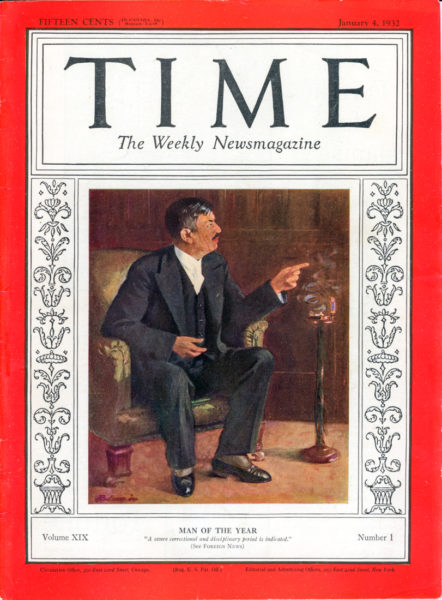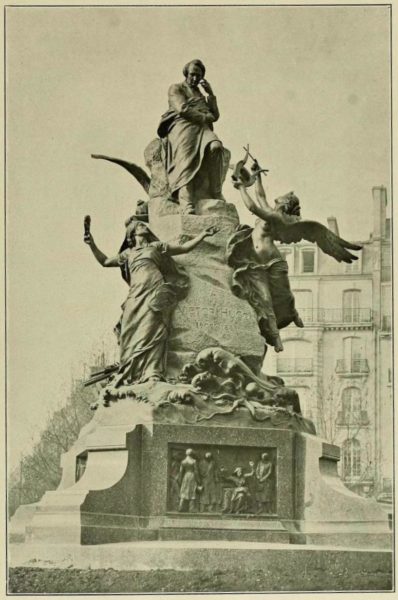
Each year since 1927, TIME Magazine names its “Man of the Year” (now called “Person of the Year”). Individual women have been named five times (e.g., Wallis Simpson, Soong Mei-ling, Queen Elizabeth II, Corazon Aquino, and Angela Merkel), thirteen groups have been named (e.g., “U.S. Scientists,” “American Women,” and “The Whistleblowers”), an inanimate object once (the computer), and in several instances, very controversial selections were made (e.g., Adolf Hitler and Joseph Stalin). The editorial board uses the following criteria for making its decision: the selection must profile a person, group, an idea, or an object that “for better or worse . . . has done the most to influence the events of the year.”
Although some of their selections ultimately met their end by assassination (e.g., Martin Luther King, Jr., Mahatma Gandhi, and Anwar Sadat), I’m not aware of anyone who was executed. That is, except for Pierre Laval the 1931 ”Man of the Year”.
On the morning of his scheduled execution at Fresnes Prison south of Paris, Pierre Laval (1883−15 October 1945) laid down on his prison cot, pulled the sheets over his head, and bit down on a cyanide capsule. The poison was too old to finish him off. The doctors pumped his stomach along with other efforts to keep him alive. Charles de Gaulle declared that Laval would have to be shot while laying on a stretcher but his orders were refused because French code would not allow it. Laval had to be standing on his own in order to be executed by a firing squad. By 11:30 A.M., Laval regained consciousness and the process began. After being dressed, he was escorted to the police car which drove him to the execution site. Tied to the stake but not blindfolded, Laval stood straight. His body was deposited in a graveyard reserved for disgraced individuals. Eventually, his family was allowed to remove his remains and bury him at Montparnasse Cemetery (we will visit his grave in my future book Where Did They Bury Jim Morrison, the Lizard King? A Walking Tour of Curious Paris Cemeteries. Read More TIME Magazine’s ‘Man of the Year’ is Executed


